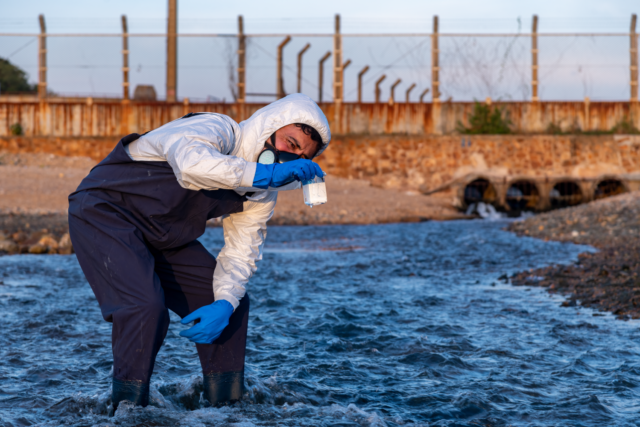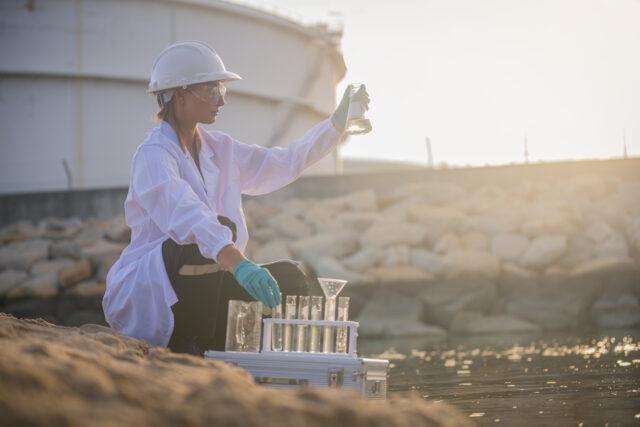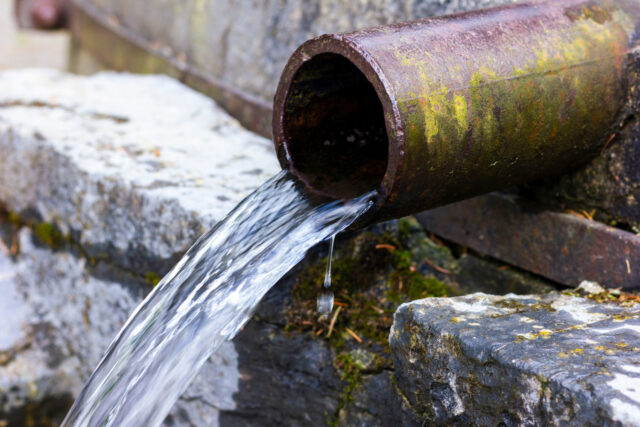Staffing Shortages During Emergencies: A Crisis for Water Treatment Professionals
In the world of water treatment, maintaining a consistent and trained staff is crucial. Clean water is a fundamental necessity for health, safety, and economic well-being. However, when emergencies strike and staffing levels are already strained, the consequences can be dire. For example, in 2022, water treatment plants in Jackson were facing severe staffing challenges, prompting local officials to implement emergency measures. The city had to approve the hiring of contract workers from Los Angeles-based WaterTalent LLC to supplement the workforce at the O.B. Curtis and J.H. Fewell treatment plants, tanks, and well facilities.
When there is a lack of staffing at water treatment facilities, several challenges arise: overworked staff, delayed maintenance, and increased risk of contamination, to name a few. With fewer hands on deck, there is also a higher likelihood of oversights, which can lead to contamination and public health risks. Also, emergencies, whether they are natural disasters like floods or hurricanes or human-made crises, exacerbate staffing challenges.
Possible Solutions
While the challenges are significant, several strategies can be employed to mitigate staffing shortages, especially during emergencies:
- Cross-Training: Training staff in multiple roles ensures that, in times of shortages, personnel can perform a variety of tasks, ensuring that essential functions are not neglected.
- Temporary Staffing Agencies: Contracting with agencies that specialize in water treatment professionals can provide a quick boost in staffing during critical times.
- Remote Monitoring: Implementing technology that allows for remote monitoring and control can ease the need for on-site staff.
- Community Partnerships: Collaborating with neighboring municipalities or private entities can provide mutual aid in times of need.
- Emergency Protocols: Having a clear, regularly updated, and rehearsed emergency plan ensures that, when a crisis hits, the team knows how to respond swiftly and effectively.
While the importance of water treatment professionals cannot be overstated, neither can the challenges they face, especially during emergencies compounded by staffing shortages. As our reliance on clean, safe water remains paramount, so does the need for investment in the professionals and systems that ensure its consistent delivery. With strategic planning and a focus on both immediate and long-term solutions, municipalities can navigate these challenges and ensure the health and safety of their communities.
Sources: AP News










